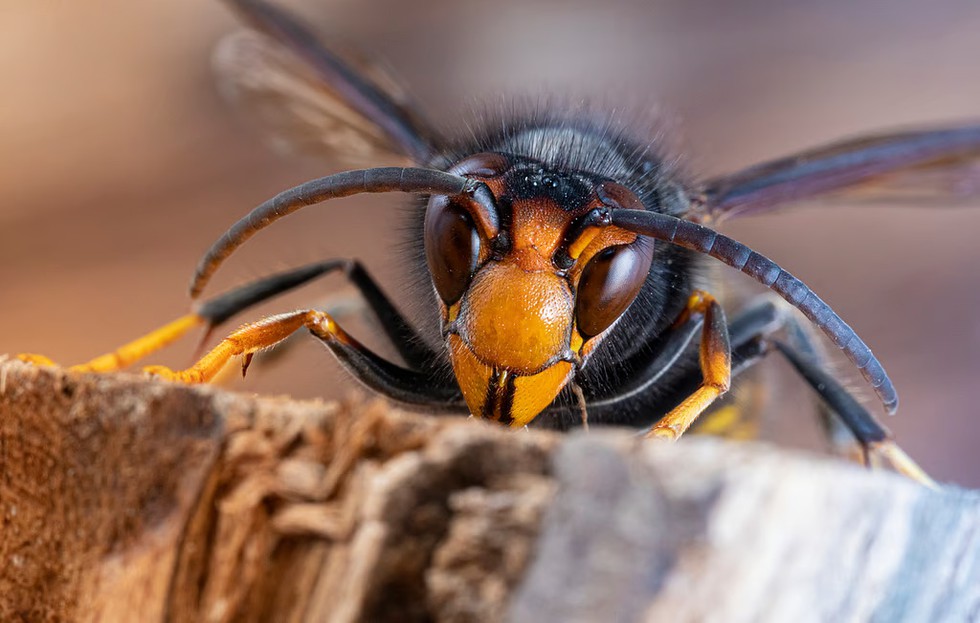
Asian Hornet

16.04.2025
Asian Hornet
|
For Prelims: About the Asian Hornet |
Why in the news?
In 2025, sightings of the hornet have surged dramatically, with evidence of the species breeding and overwintering in the UK for the first time, as confirmed by DNA studies.
About the Asian Hornet
- The Asian hornet (Vespa velutina), also known as the yellow-legged hornet, is an invasive species originally native to Southeast Asia.
- It is not the same as the Asian Giant Hornet (Vespa mandarinia), often wrongly labeled the “murder hornet.” While both are bee predators, the Asian hornet (Vespa velutina) is smaller but equally destructive in ecological terms.
- These hornets are predatory insects, feeding primarily on social bees and wasps, especially honeybees, which are critical pollinators in ecosystems.
- The Asian hornet’s specialised hunting tactics make it a lethal threat to honeybee colonies, as it can wait at hive entrances and kill bees mid-flight.
Invasion History and Spread:
- The Asian hornet was first introduced to Europe in 2004, most likely via a shipment of Chinese pottery that brought a fertilised queen to France.
- Since then, the species has spread to 15 European countries, with France alone hosting over 500,000 nests.
- Britain recorded its first official detection of the Asian hornet in 2016.
Source: Down to earth
Consider the following statements regarding the Asian Hornet:
1. It is an invasive species originally native to Southeast Asia.
2. It feeds primarily on social bees and wasps.
3. It is a lethal threat to honeybee colonies as it can wait at hive entrances and kill bees mid-flight.
How many of the statements given above are correct?
A.Only one
B.Only two
C.All three
D.None
Answer C